Illustration by Dawn Cooper
1. Whale shark, Donsol, Luzon
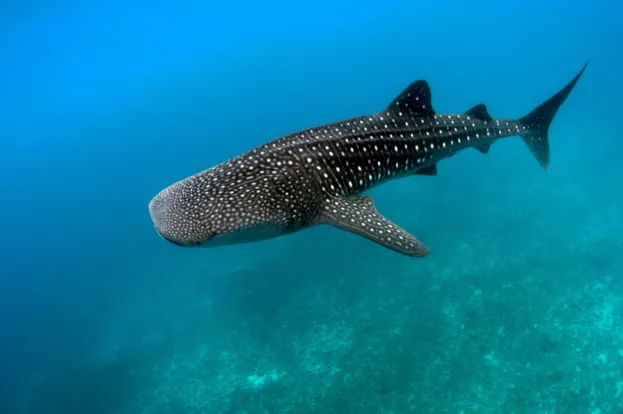
Whale shark © Torstenvelden / Getty
Sightings at this elasmobranch mecca are said to peak between February and April, though whale sharks migrate here to feed from December to May. Only snorkelling is allowed.
2. Philippine eagle, Mount Kitanglad, Mindanao
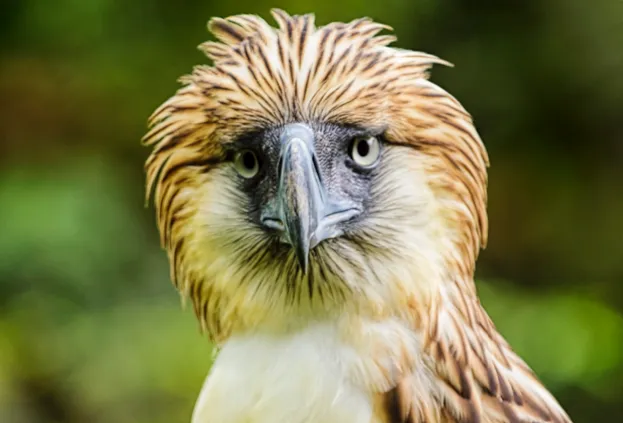
Philippine eagle © Voltaire Malazarte / Getty
Previously known as the monkey-eating eagle – it was renamed after it was found to have a much wider diet that includes colugos and palm civets – this bird is said to be the world’s largest eagle in terms of its length or height.
3. Philippine tarsier, Corella, Bohol
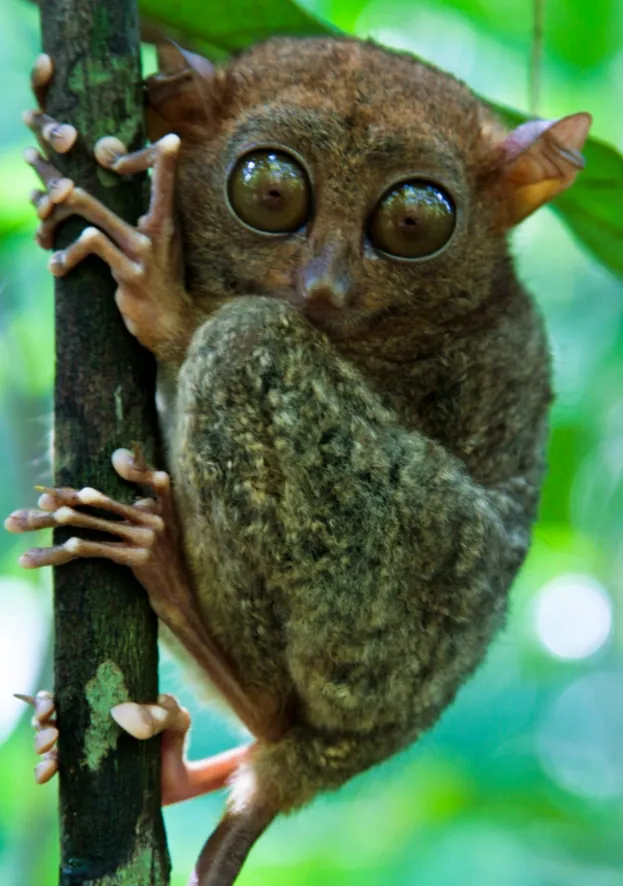
Philippine tarsier © John S Lander / Getty
You’ll struggle to stumble across this tiny, elusive primate in the wild, but at the Philippine Tarsier Foundation you get to see it in semi-natural habitat.
4. Palawan peacock-pheasant, Subterranean River National Park, Palawan
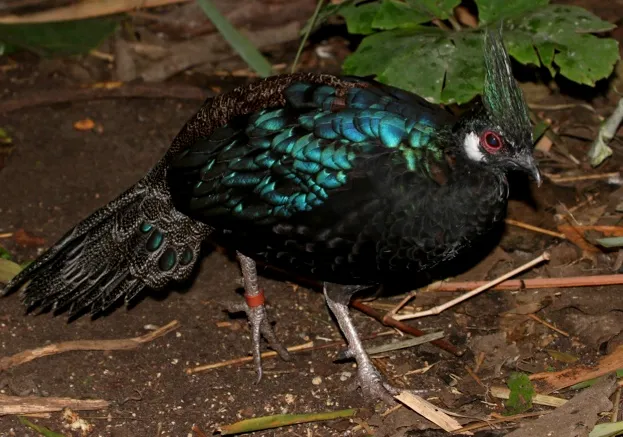
Palawan peacock pheasant © Ger Bosma / Getty
Another hard to see species but reports suggest a “tame male” hangs about outside the ranger station.
5. Dugong, Dugong Dive Center, Busuanga Island

Dugong © Jurgen Freund / Nature Picture Library / Getty
The Dugong Dive Center offers an 80 per cent chance of seeing at least one of the 20 dugongs believed to inhabit the area. Snorkelling and diving with the world’s only herbivorous marine mammal are both possible.
6. Tamaraw, Mount Iglit-Baco National Park, Mindoro
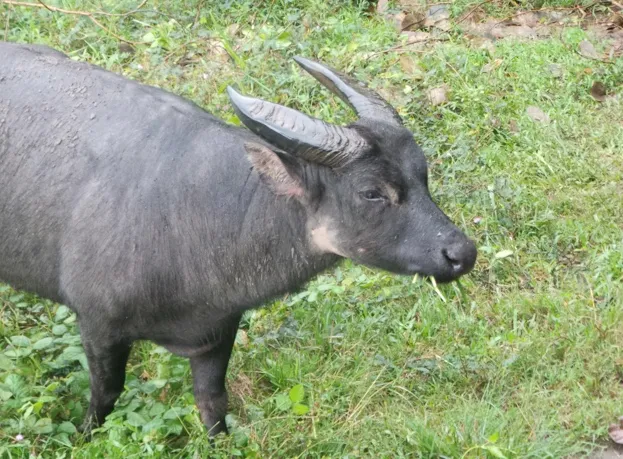
Tamarac © Pacific Press / Getty
Entirely restricted to Mindoro, this buffalo is classed as Critically Endangered and down to a population of some 400 animals. They weigh no more than 300kg.